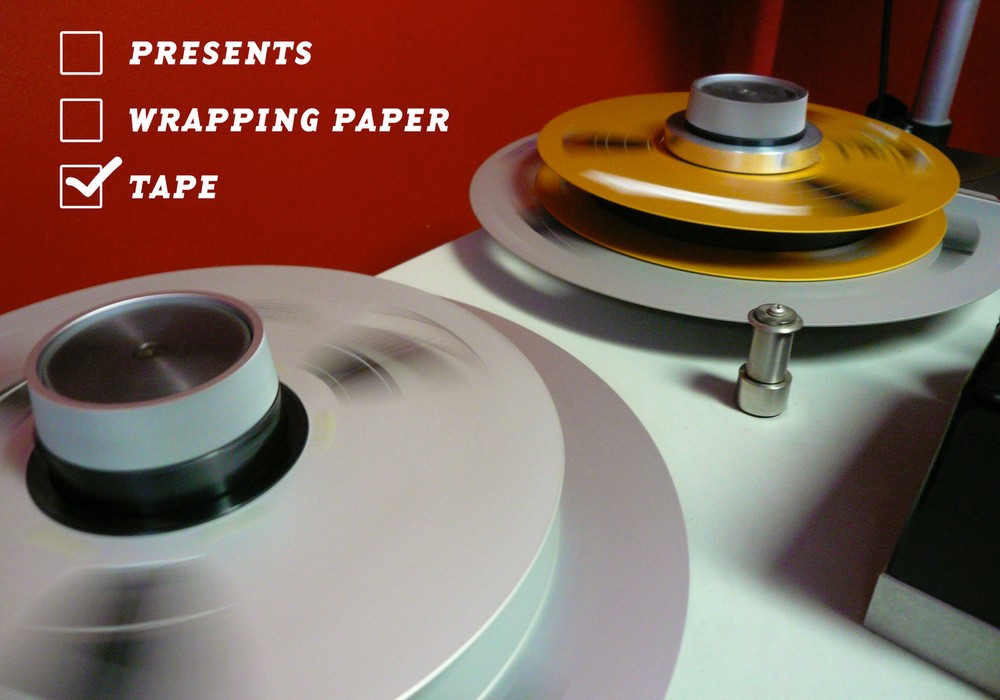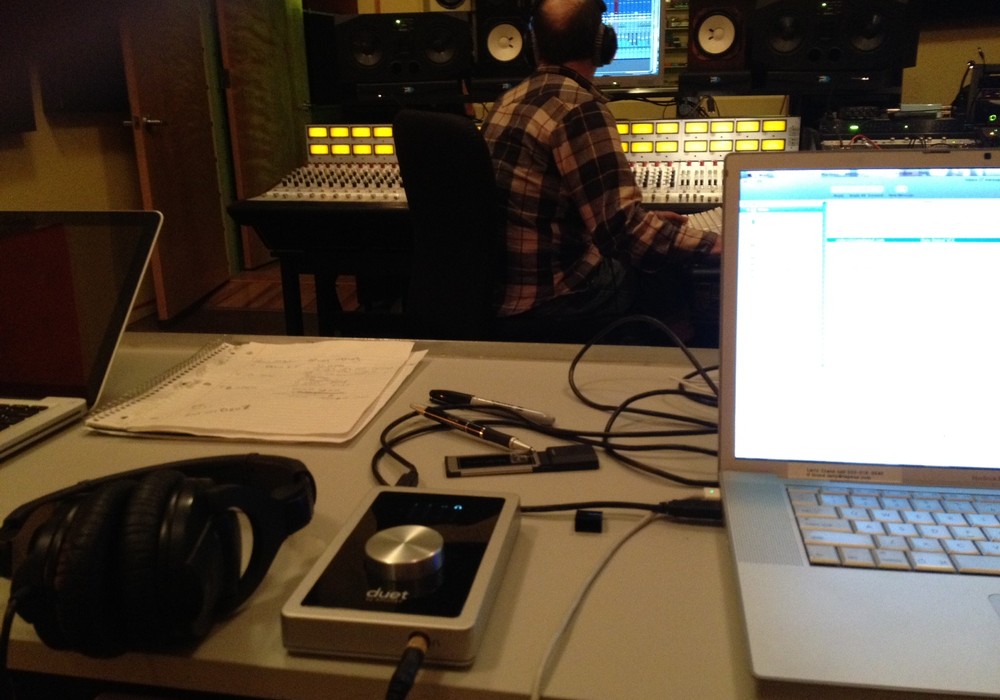Simultaneously making apparent the depths of both my dorkiness and my loyalty, I steadfastly stood by Imogen Heap's "Hide and Seek" all through its various tribulations over the last couple years -- first with its questionable placement on the OC, which omitted the superb contrapuntal opening segment and jumped right to the "hook," as it were; then as the subject of an actually-quite-hilarious Andy Samberg hit piece on SNL; and finally its ridicule by the internet at large as the "Dear Sister" meme took off.
That's why it made me so happy to stumble across the original again recently, this time posted with commentary which thumbed its nose at T-Pain, proclaiming "*This* is how you use Auto-Tune." While that's not entirely fair, since she actually made it using a DigiTech harmonizer and vocoder, the underlying spirit of that statement is that processing the hell out of vocal tracks can be done in an artistically compelling fashion, rather than simply to cover up the inadequacies of singers who, well, aren't actually. I can get behind that, and I doubt even Jay-Z would have a problem with this particular song, even if he is otherwise trying to kill the trend.
Should he need some help with that campaign, however, he can always call Celemony. As you probably already know, version 2 of Melodyne, their underdog pitch correction software, is set to introduce "Direct Note Access," which is essentially the heretofore theoretically impossible ability to split polyphonic audio recordings apart in order to alter pitch, timing, and volume on the individual notes inside a chord. It's been about a year since since brilliant German beardo weirdo Peter Neubäcker blew everyone away with the Musikmesse '08 unveiling (choicest take-the-blue-pill Zen quote: "For theoretical reasons I thought it would be impossible, but the more I pondered the subject, the more I began to see that what doesn't work in theory can still work in reality"). Since the product is still quasi-vaporware at this point, though, you'll have to make do for the time being with simply allowing the original demo video to repeatedly blow your brains out all over your pretty 23" Apple LCD. The possibilities afforded by this technology, in terms of both remedial repair work and mind-bending bastard applications, are stupendous.
But by now this is all old news -- that video was first posted about a year ago. Let's instead take a moment to consider the art: how deliciously haunting is that first demo track? It's like hearing Morcheeba at their strongest or being swallowed alive by any one of a dozen leading trip hop producers. I had to dig around a bit to figure this out, but it turns out it was an early clip from one of theremin-playing German songwriter Nina Deli's sessions which, after being paired with some synth tricks from Celemony product designer Stefan Lindlahr, eventually turned into the song "Flow".
So being that the Auto-Tune backlash is in full swing (my favorite twist so far being the Gearslut who suggested that it marks the beginning of a generation gap), I figured it was worth revisiting a couple of the better tunes that aggressive pitch correction has given us. I guess that didn't exactly work out, though, since the Imogen song uses different equipment and the Celemony clip featuring "Flow" doesn't really apply it to the vocals. Come to think of it, my favorite part of the latter is the realtime loop jam about two minutes into the video, wherein some unseen Celemony employee alters the mid-strum passing tones with each successive repeat. In other words, the bit I like most didn't actually make it into the final version of the song.
Shit. I guess that means I have to buy the plugin.






